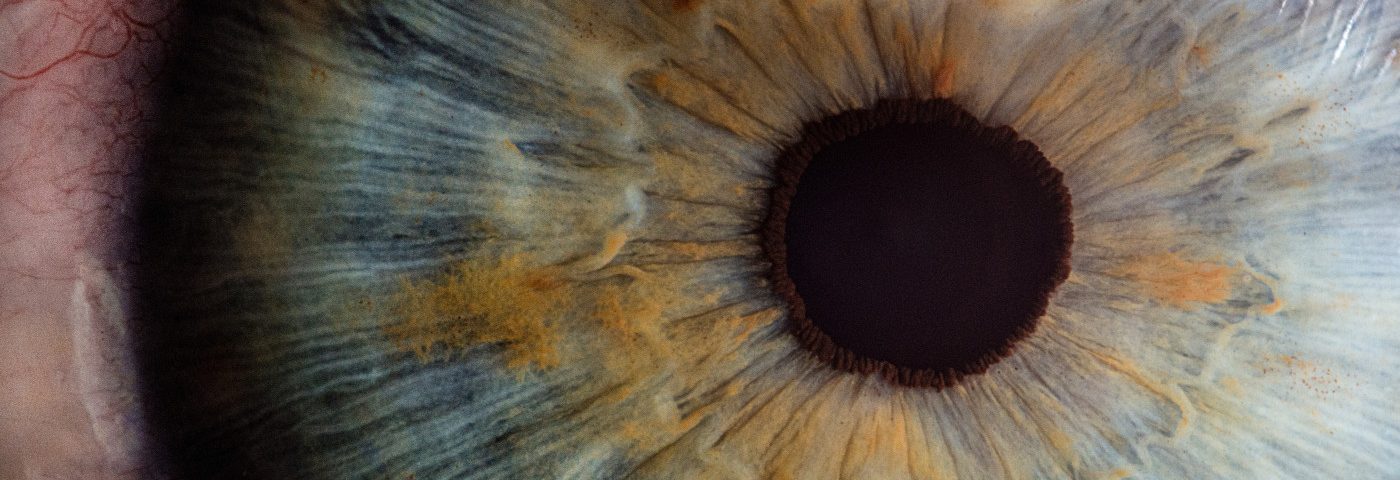Topical insulin drops show promise in successfully treating refractory, or difficult-to-treat, neurotrophic keratitis (NK), according to a recent study.
Although more studies are needed to verify this result, the medication’s low cost and ready availability could make it an extremely useful option, researchers said.
Titled “Topical Insulin – A possible treatment in Refractory Neurotrophic Keratopathy – Quasi‐Experimental Study,” the study was published in the journal Acta Ophthalmologica. It also had been presented as a scientific poster at the 2020 European Association for Vision and Eye Research Conference.
Insulin drops have been explored as a possible treatment for a number of ocular (eye) disorders and conditions, in which persistent dryness damages the cornea — the transparent outer layer of the eye that covers the pupils. These conditions include glaucoma and dry eye disease, in addition to NK.
Topical insulin is thought to encourage healing of the tear ducts by stimulating the insulin-like growth factor-1 receptor, known as IGF-1R. Solutions containing IGF-1 are among the newer NK therapies.
Researchers from the Centro Hospitalar Vila Nova de Gaia e Espinho, in Portugal, evaluated the effect that topical insulin drops had on the clinical progression of individuals with NK stage 2 —comprising persistent epithelial defects — and NK stage 3, characterized by the presence of corneal ulcers.
Persistent epithelial defects refer to patches on the cornea, in which the outermost layer, called the epithelium, fails to fully regrow roughly 10-14 days after an injury. A corneal ulcer is a more severe case of these defects, in which an open sore forms.
Between Oct. 2018 and Dec. 2019, the investigators tested topical insulin on 11 affected eyes from 10 patients, of ages 13 to 92. All were refractory, or resistant to standard medical and/or surgical treatments.
The researchers administered the insulin drops three to four times a day, after which a bandage contact lens was applied. The patients’ progress was followed daily for one week and weekly thereafter, with photos of the eyes taken during each visit.
The patients continued to receive insulin drops until their epithelial defect or ulcer cleared up. Conversely, treatment was stopped if those conditions either failed to improve or worsened.

